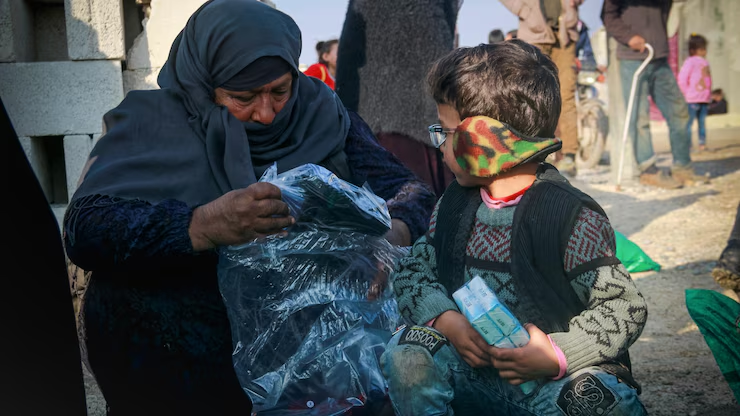As of May 22, 2025, the humanitarian situation in Gaza remains dire. After nearly three months of a complete blockade, Israel has allowed limited aid into the region. However, the amount of aid is far from sufficient to meet the needs of the population. Most of the aid has not reached the people who need it most. The United Nations and other organizations report that the aid is stuck at border crossings or warehouses, unable to be distributed due to ongoing conflict and logistical challenges.
In recent days, Israel has permitted some aid trucks to enter Gaza. For example, on May 21, around 90 trucks carrying food, baby formula, and medical supplies were allowed in. Despite this, the United Nations reports that none of this aid has reached the people in need. The aid remains at border crossings or in warehouses, awaiting safe distribution.
Before the blockade, Gaza received about 500 aid trucks daily. Now, the number is significantly lower, and the aid that does enter often does not reach its intended destinations. The limited aid that has been distributed includes flour for bakeries and food for children, but it is not enough to meet the basic needs of the population.
Challenges in Aid Distribution
Several factors hinder the effective distribution of aid in Gaza. First, the ongoing conflict makes it dangerous for aid workers to operate. Second, there are logistical challenges, such as damaged roads and infrastructure, which make it difficult to transport aid within Gaza. Third, there are reports of aid being looted or not reaching its intended recipients.
For instance, in November 2024, armed groups looted a convoy of 109 United Nations aid trucks near the Kerem Shalom border crossing, taking 98 of them. This incident highlights the security challenges faced by aid organizations.
Humanitarian Impact
The lack of sufficient aid has led to a severe humanitarian crisis in Gaza. According to the United Nations, over 66,000 children are suffering from severe malnutrition. Hospitals are overwhelmed, and many have ceased operations due to a lack of supplies and staff. The blockade has also led to a significant increase in food prices, making it even more difficult for people to access basic necessities.
The situation is further exacerbated by the destruction of infrastructure. Approximately 90% of Gaza’s population has been displaced, and many are living in makeshift shelters with limited access to clean water and sanitation. The winter months have been particularly harsh, with cold temperatures and inadequate shelter leading to increased health risks.
International Response
The international community has expressed concern over the humanitarian crisis in Gaza. Several countries have called on Israel to allow more aid into the region and to ensure its safe distribution. The United Nations has also urged for uninterrupted access to Gaza for humanitarian organizations.
In response to the crisis, the United States has backed a new initiative called the Gaza Humanitarian Foundation (GHF), which aims to distribute aid through secure sites. However, the United Nations has criticized this plan, arguing that it lacks neutrality and could politicize aid delivery.
Conclusion
The status of aid delivery to Palestinians in Gaza remains critical. While some aid has been allowed into the region, it is not enough to meet the urgent needs of the population. The ongoing conflict, logistical challenges, and security concerns continue to hinder effective aid distribution. Immediate action is needed to ensure that humanitarian aid reaches those who need it most and to prevent further deterioration of the humanitarian situation in Gaza.

